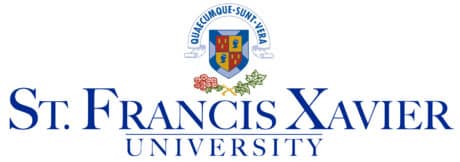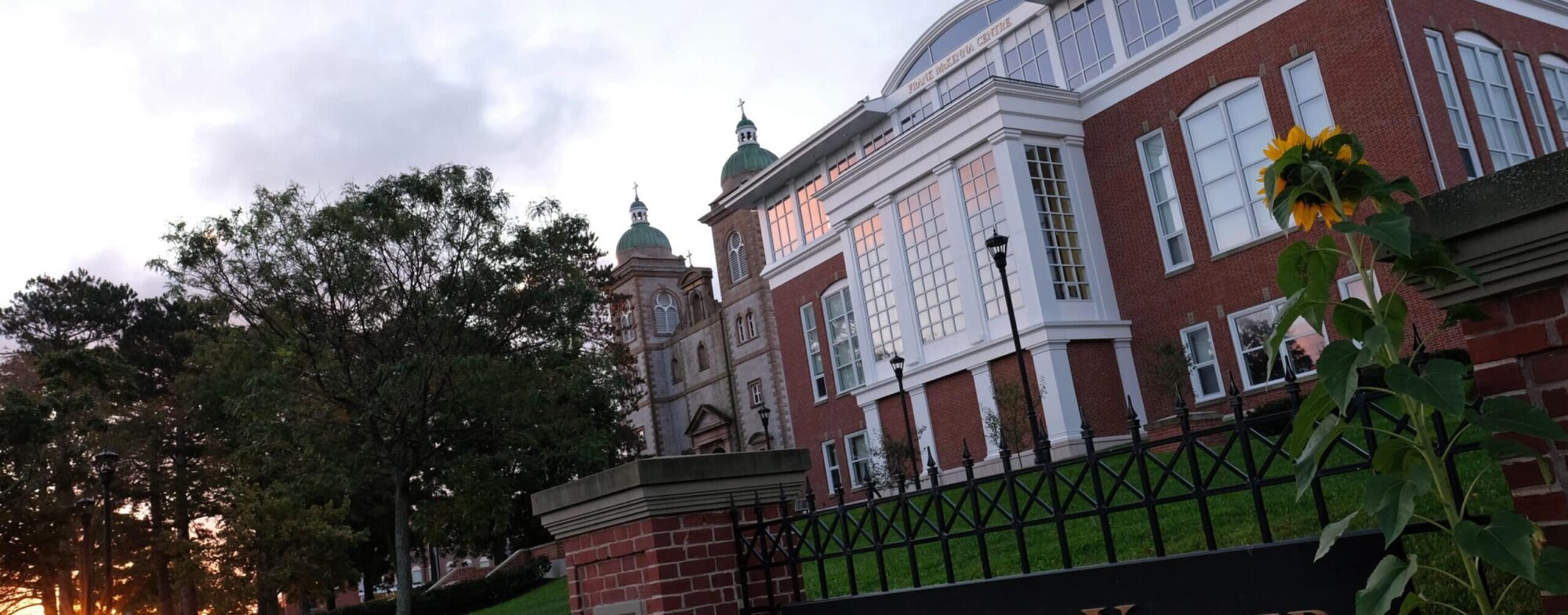R&D to Value-Added Foods, Food Additives and Making Foods Healthier
Researchers from The X-Food Research Lab are examining complex food systems to find and develop new natural food additives and food preservatives to make new value-added foods and food preservatives and ensure that they are healthy. This is being done using advanced scientific techniques normally unavailable to food producers, using such as biomolecular simulations, molecular dynamics, Dissipative Particle Dynamics (DPD), and cryoprotectant function as a food preservatives both with computational and experimental tools.
Examples of applied research undertaken by faculty and students at StFX on advanced foods include
- Biomolecular Computer Modelling
- Carbohydrate, lipid, proteins, food, biological systems
Investigating freezing processes that involve water
- Food systems and modelling solidification processes
- Molecular basis of how cryoprotectant function both with computational and experimental tools
Biofouling Research
The Wyeth Lab (Dr. Russell Wyeth and colleagues) undertakes research into biofouling and lobster behavior around baits. This interdisciplinary team of chemists, biologists and physicists pool their expertise and resources to research, examine cost effective and environmentally friendly solutions to manage biofouling. The Biofouling Research Group will design and demonstrate the effectiveness of biofouling resistant surfaces for submerged surfaces in an ocean climate particularly for the cold North Atlantic.
Innovation in Sports and Athletic Performance
An established and growing area of applied R&D strength at StFX comes from researchers in the Human Kinetics Department, where topics as diverse as development and assessment of athletic performance, enhancing nutritional supplements, to muscle recovery from exercise and sweat analysis from exercise, to new athletic performance tracking and enhancement software and associated devices are under study. Areas of applied HK research include:
- Metabolic physiology
- Healthy eating and lifestyles
- Sport and exercise as a means of rehabilitation
- Risk factors for cardiovascular disease
- Golf swing improvement techniques, educational / training software and devices
Business Intelligence, Big Data, Data Mining
Researchers, faculty and students of The Gerald Schwartz School of Business have expertise in the extensive use of data, statistical and quantitative analysis, explanatory and predictive models, and fact-based management to drive decisions and actions. This expertise is used to assist organization exploit technology in order to solve business problems. Applied areas of research include
- Business requirements gathering and modeling
- High-level systems design
- System testing, project management and communications.
Mathematics
The range of research activities in the Department of Mathematics and Statistics is very broad. Applied areas of research Computer science research in the Department include:
- Game playing – Identify patterns and trends inside the data
- General linear models
- Generalized estimating equations
- Measurement errors in Biostatistics
- Survey sampling data analysis
- Machine learning
- Image segmentation
High Performance Computing
The powerful, world-class high-performance computing (HPC) facilities at StFX functions as one of the nodes of the Atlantic Computational Excellence Network (ACEnet). ACEnet is a consortium of Atlantic Canadian Universities providing researchers and industry with high performance computing (HPC) resources, collaboration and visualization tools, software, training, and support. Our team of experts helps our clients use advanced computing as a means of accelerating discovery and innovation.
ACEnet maintains over 8000 cores and 500 TB of computational capacity, available to both academic and industrial research programs.
Areas of high-performance computing include:
- High Performance Computing, Advanced Computing
- Parallel programming
- MPI, OpenMP, R,
- Computational training
- Molecular Dynamics
Computer Science
Applied Inorganic Chemistry
The (Dr. Geniece) Hallett-Tapley Lab for Nanomaterial Photocatalysis undertakes applied research in the areas of photochemistry, photocatalysis, noble metal nanoparticles, niobium oxide, semi-conductor catalysis. This research on nanoparticles and nanomaterials as photocatalysts has applications for alternative energy production.
Environmental Sciences - FluxLab
StFX’s FluxLab undertakes applied research into the emissions of gases from soils, which can include gases from contaminated sites, hydrocarbons from deeply buried oil and gas deposits, carbon dioxide from carbon capture and sequestration sites or carbon dioxide being injected into oil and gas formations for enhanced oil recovery.
Faculty and students of StFX’s FluxLab, often in collaboration with industry partners, have developed a series of innovative soil-gas collection/detection technologies that are being commercialized for use in environmental monitoring in oil and gas operations, carbon capture and sequestration projects and in environmental contamination remediation projects.
Area of applied research include:
- Atmospheric Monitoring; soil gas dynamics, origins of gases and estimate whole ecosystem gas balances.
- Oil and Gas exploration; Detect minor surface seeps indicative of subsurface plays
- Enhanced Oil Recovery (EOR) operations monitoring; Well and caprock integrity monitoring
- Surface and Sub-Surface Soil Gas Monitoring; contaminated (‘brownfield’) land remediation, landfill gas, gas-in-groundwater detection and monitoring, pipeline integrity, hydrocarbon gas detection technology for exploration, production monitoring



